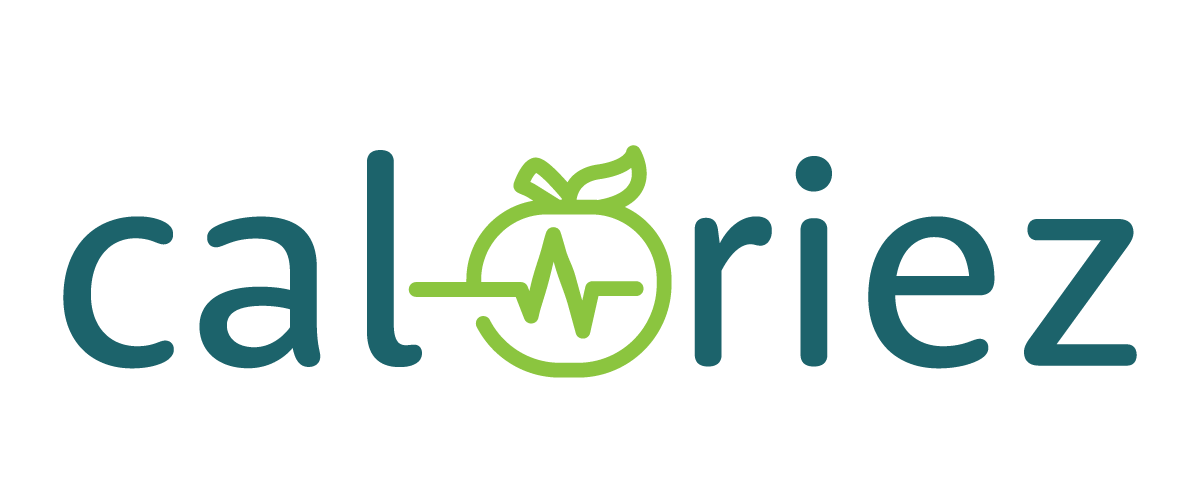Roger Guillemin, a neuroscientist who was a co-discoverer of the sudden hormones with which the mind controls many bodily capabilities, died on Wednesday at a senior residing facility in San Diego. He was 100.
His demise was confirmed by his daughter Chantal.
Dr. Guillemin’s profession was marked by two spectacular competitions that ruffled the staid world of endocrinological analysis. The primary was a 10-year tussle along with his former accomplice, Andrew V. Schally, which led to a draw when the 2 shared half of the Nobel Prize in Physiology or Drugs in 1977. (The opposite half went to the American medical physicist Rosalyn Yalow for unrelated analysis.)
The second competitors started shortly afterward when Wylie Vale Jr., Dr. Guillemin’s longtime collaborator and protégé, arrange a rival laboratory on the identical campus on the Salk Institute for Organic Research in San Diego, the place each males labored, plunging Dr. Guillemin one more interval of intense scientific wrestle.
Roger Charles Louis Guillemin (pronounced, with a tough g, GEE-eh-mah) might need pursued a quiet profession as a household physician within the French metropolis of Dijon, the Burgundy area’s capital, the place he was born on Jan. 11, 1924, and the place he went to public colleges after which medical faculty. However an opportunity assembly with Hans Selye, an professional on the physique’s response to emphasize, took him to Montreal, the place he was launched to medical analysis at Dr. Selye’s newly created Institute of Experimental Drugs and Surgical procedure on the College of Montreal.
There he grew to become keen on a number one drawback of the day — that of how the mind controls the pituitary gland, the maestro organ that cues manufacturing of the physique’s different main glands.
The pituitary sits in a small pocket of bone just below a central mind area known as the hypothalamus. Nobody might discover any nerves linking the hypothalamus to the pituitary, so a fallback conjecture was that the hypothalamus would possibly management the pituitary with hormones. However many biologists refused to imagine that the mind would possibly produce hormones like a mere gland.
The postulated hormones had been known as releasing elements, as a result of they arguably made the pituitary launch its personal hormones.
In 1954, Dr. Guillemin made a crucial remark: Pituitary cells cultured in glassware wouldn’t produce any hormones except cells of the hypothalamus had been cultured with them. The discovering supported the concept of releasing elements, and Dr. Guillemin was decided to show it. He moved to Baylor Faculty of Drugs in Houston, the place he tried to isolate the postulated releasing elements from the hypothalami of cattle killed in a kosher slaughterhouse.
Success eluded him, and in 1957 he teamed up with one other younger researcher, Andrzej V. Schally, often called Andrew. The 2 labored collectively for 5 years, however the mysterious releasing elements foiled their finest efforts. The partnership broke up. Dr. Schally moved to the Veterans Affairs Hospital in New Orleans. Dr. Guillemin ultimately employed two key researchers at Baylor — Dr. Vale as a physiologist and Roger Burgus as a chemist — who had been to be the mainstays of his efforts for the following 10 years.
Working independently, Dr. Guillemin and Dr. Schally each determined that they wanted a lot bigger numbers of hypothalami as a way to extract ample quantities of releasing issue. Every turned his laboratory right into a semi-industrial processing plant, aided by liberal authorities analysis funds that had been made accessible after the Soviet Union launched the Sputnik, the primary synthetic house satellite tv for pc, in 1957. Dr. Guillemin ultimately processed greater than two million sheep hypothalami, and Dr. Schally labored on the identical scale with pig brains.
The rivalry between the 2 groups was intense, particularly in issues of scientific credit score. “Let me additionally remind you,” Dr. Schally wrote to Dr. Guillemin in a letter in 1969, “of your deliberate, repeated and private scientific assaults in opposition to me in addition to your fixed failure to acknowledge our contributions.”
Dr. Schally later instructed an interviewer, “An equal accomplice I might be with him, however he needed me to be his slave.”
The releasing elements exist in such minute quantities within the mind that they had been barely detectable by the strategies of the day. A single fingerprint left on glassware contained sufficient amino acids — the elements of releasing elements — to break an entire experiment. After an additional seven years of effort, neither Dr. Guillemin nor Dr. Schally had remoted a releasing issue. Different researchers mentioned that the federal government, which had been funding the 2 males’s work for years, ought to stop losing its cash. There was extra proof for the Loch Ness monster, they mentioned.
In 1969, the committee of scientists that suggested the Nationwide Institutes of Well being on endocrinology analysis convened a gathering to organize for chopping off help to the 2 laboratories. However just a few days earlier than the assembly, Dr. Burgus made a major advance towards figuring out the chemical construction of the releasing issue that controls the thyroid gland by way of the pituitary. Inside just a few months, the Schally and the Guillemin groups had totally recognized the releasing issue, often called TRF, and the funding cutoff was averted.
A race now started to discover a second releasing issue, FRF, which managed the physique’s reproductive techniques. Dr. Schally’s workforce was narrowly first, however Dr. Guillemin then recouped by discovering a releasing issue concerned in command of the physique’s progress.
Dr. Guillemin succeeded as a result of he had recognized a crucial drawback that he and Dr. Schally had pursued in opposition to daunting odds whereas higher identified researchers had failed. Identification of the releasing elements was a serious occasion in medication, and the Nobel committee in Stockholm duly awarded its prize for the achievement.
Dr. Guillemin had little time to relaxation on his laurels. His analysis workforce had turn out to be disenchanted along with his relentless seek for scientific glory. Dr. Vale later complained of “what hell it could possibly typically be for individuals who get caught up within the meat grinder, churning out increasingly gloire for Guillemin, particularly in case you are the meat.”
Dr. Vale arrange his personal laboratory on the Salk Institute in 1977 (Dr. Guillemin had established one there in 1970), and endocrinologists had been handled to the spectacle of one more livid rivalry, this time between Dr. Guillemin and his protégé. They competed to search out the releasing elements often called CRF, which is concerned in stress, and GRF, which spurs progress. Each succeeded, although Dr. Vale’s lab was first in every case.
Dr. Guillemin in 1951 married Lucienne Jeanne Billard, who had been his nurse throughout an virtually deadly assault of tubercular meningitis in Montreal. Along with his daughter Chantal, he’s survived by 4 different daughters, Claire, Hélène, Elisabeth and Cece; a son, François; and 4 grandchildren. His spouse died in 2021, additionally at 100.
Dr. Guillemin and Dr. Vale later reconciled and have become shut mates. In a tribute at Dr. Vale’s sixty fifth birthday, Dr. Guillemin, nicely conscious of the irony of competing along with his “scientific son,” quoted Freud’s evaluation of the Oedipus fable: “A part of any son price his salt is planning the killing of the daddy he loves and taking his kingdom.”
Kellina Moore contributed reporting.




